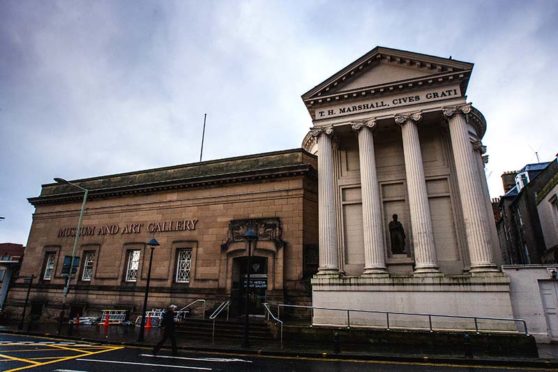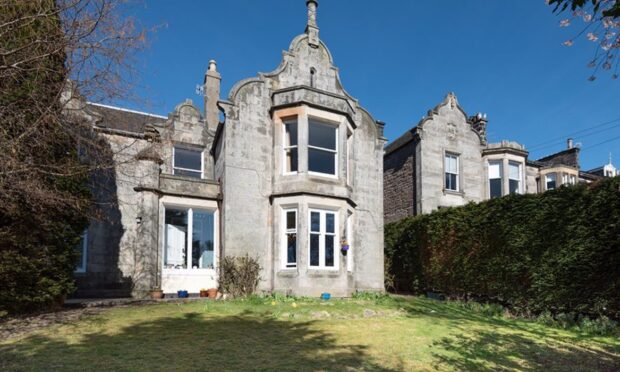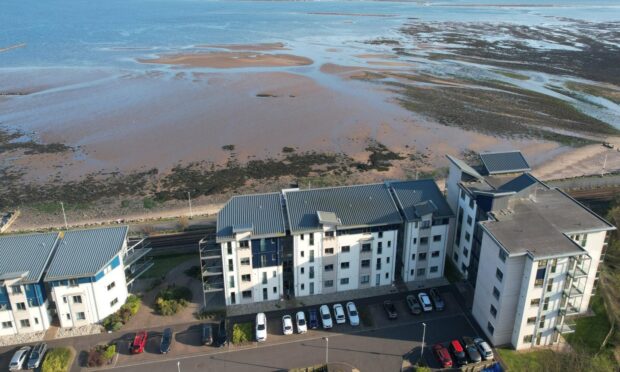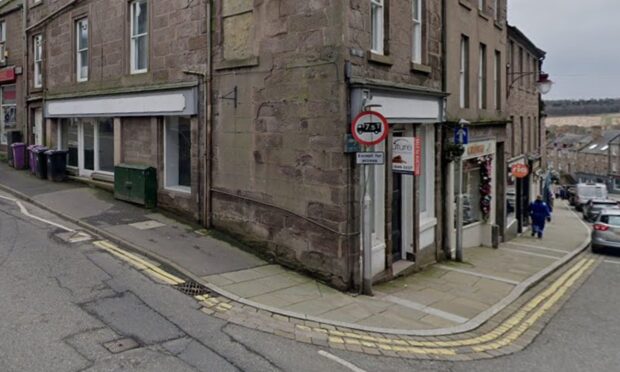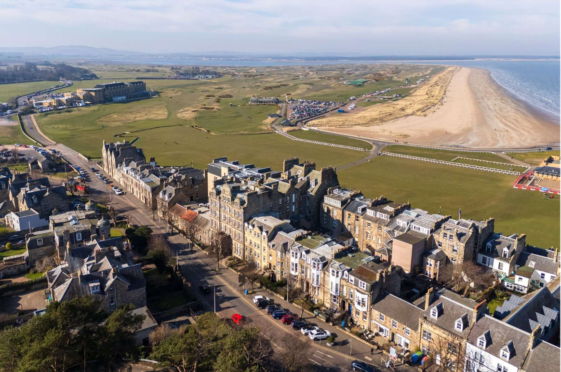What visitors to ‘Conservation in Action: Saving the Perth Mummy’ will notice is that this is not your usual museum exhibition.
Work that normally takes place behind the scenes is brought out into the open, offering visitors the unique opportunity to view live conservation of museum collections in a studio setting.
Anna Zwagerman, Conservation Officer at Perth Museum & Art Gallery explains six highlights you can see in the latest exhibition at the museum.
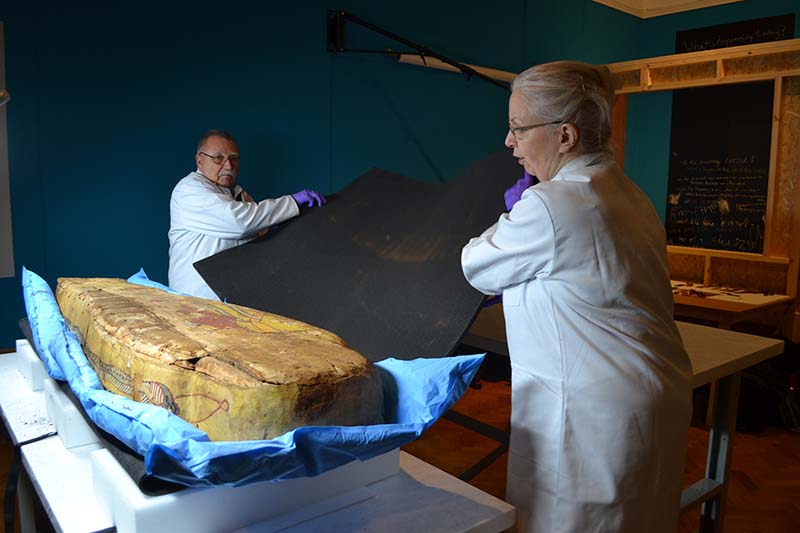
Visitors can observe essential museum work which usually only happens behind the scenes. A variety of objects from the collection are being treated and photographed inside a purpose-built conservation studio within the exhibition gallery, most notably Perth’s ancient Egyptian mummy, Ta-Kr-Hb and her sarcophagus.

Medical scans showed extensive posthumous damage to the mummy’s chest and pelvis, and that in life she experienced severe problems with her teeth. Complex conservation treatment will allow her to be safely displayed in the new museum in Perth City Hall.

This silk doublet is an extremely rare survivor of the early 17th century. It was subject to 300 hours of conservation to bring it to its current condition. During the exhibition, both the doublet and a video of its conservation treatment can be admired.

This doll’s house was made by a German prisoner of war held in Cultybraggan Camp during the Second World War. It contains handmade furniture and was lit up by tiny electric lightbulbs. It was later owned by a local child, who added miniature drawings and pink plastic furniture. Displaying the doll’s house raises ethical questions. Should we display the later additions or remove them? Should we rewire the original lights or light the house in an alternative way?

Perth City Hall has stood empty for nearly 15 years and at one time was facing imminent demolition. Ultimately, Perth and Kinross Council decided to transform the old building into a new museum showcasing Perth and Kinross’s Recognised Collection of National Significance. The new museum will tell the story of the region from 10,000BC to the present day. Images of the city hall in its present state and architectural drawings of the new state-of-the-art museum can be seen during the exhibition.

In the gallery, visitors are invited to explore three interactive tables focusing on different aspects of conservation: The cumulative effect of touching museum objects will be revealed, common museum pests such as moths and carpet beetles can be viewed under magnification, and different types of material can be identified.
As part of Conservation in Action, the museum is looking to raise funds for the conservation of Ta-Kr-Hb. You can support the conservation in action appeal through the JustGiving page.
